Destruction of Mexican Pyramid Seen as a ‘Bad Omen’ by Local Tribes
An ancient pyramid recently collapsed in Mexico, sparking fear among the region’s native groups, who have perceived the destruction of the sacred site as a “bad omen.”
The destruction of the prominent archaeological site has led to considerable debate in the archaeological world, with many suggesting that humans’ contribution to climate change has led to an increase in unpredictable and violent weather patterns that are severely affecting sites around the world.
The Purepecha of Michoacan
The Mexican state of Michoacán, often called “the soul of Mexico,” is revered for its deep heritage, influential culture, and the birthplace of the popular dish “carnitas.”
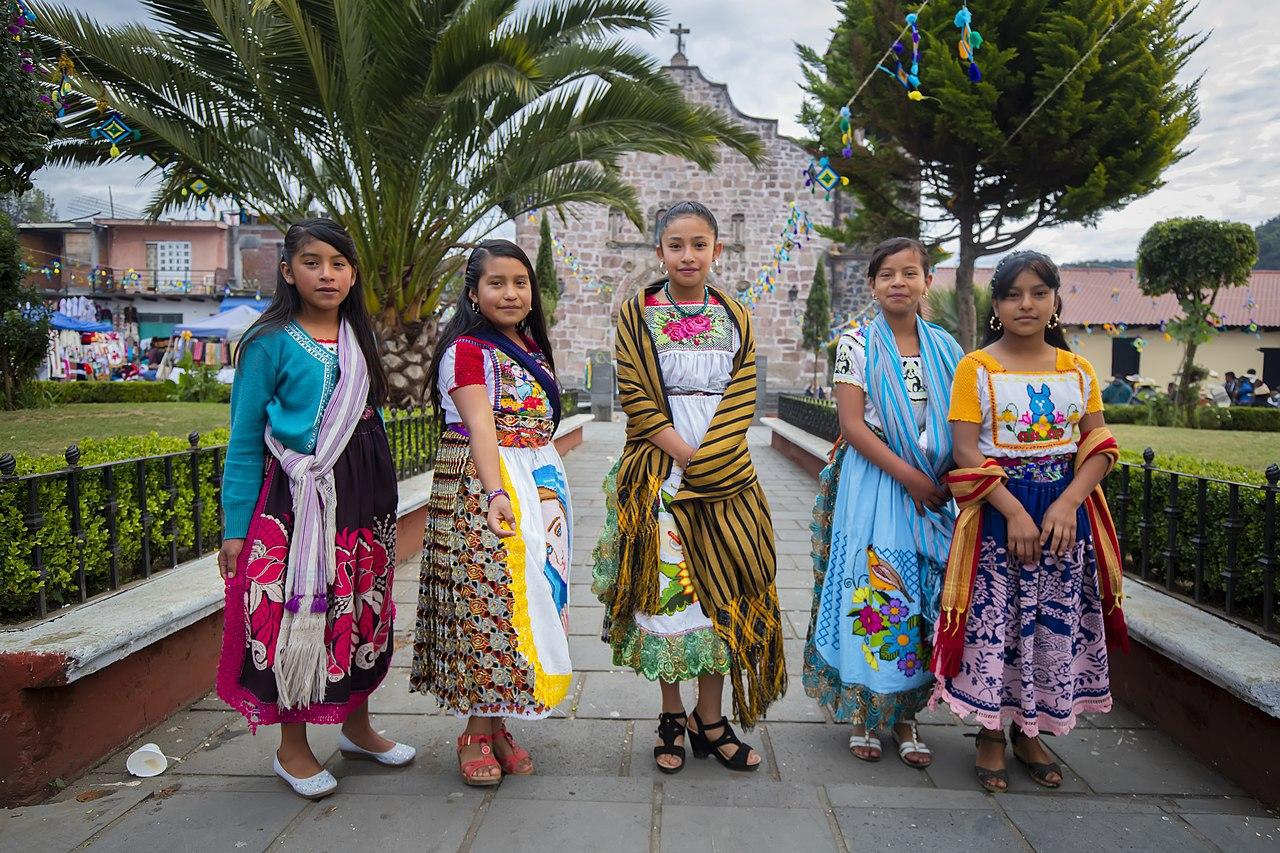
Source: Wikimedia
Michoacan is also home to the Purepecha, a fascinating ethnic group that has lived in the region since pre-Columbian times.
The Origin of the Purepecha
Over the past century, the Purepecha, also known as the Tarascans, have captivated the attention of researchers for their resilience. They are one of the only groups who resisted being conquered by the mighty Aztec empire.

Source: Wikimedia
Their origin is somewhat mysterious. Researchers learned that their language is an isolate in Mexico, meaning it is unrelated to others in Central America. This has led to theories of a South American origin.
Ancient Pyramid Crumbles to the Ground
Recently, the Purepecha has been circulating in the media once more, but this time, it has nothing to do with their delightful cuisine or mysterious language. Instead, it’s centered on an ancient pyramid.

Source: Ramiro Aguayo/National Institute of Anthropology and History
In July, the 1,100-year-old pyramid at the Ihuatzio Archaeological Zone crumbled to the ground after a heavy storm. According to the Tarascans, this event is seen as a “bad omen.”
Purepecha Tribe Claims the Gods Are Displeased
The pyramid structure, located just east of Lake Pátzcuaro, was a symbol of the Purepecha Empire’s power and was inhabited by the Purepecha Empire from the 10th century until the Spanish arrived in the region around 1530 CE.
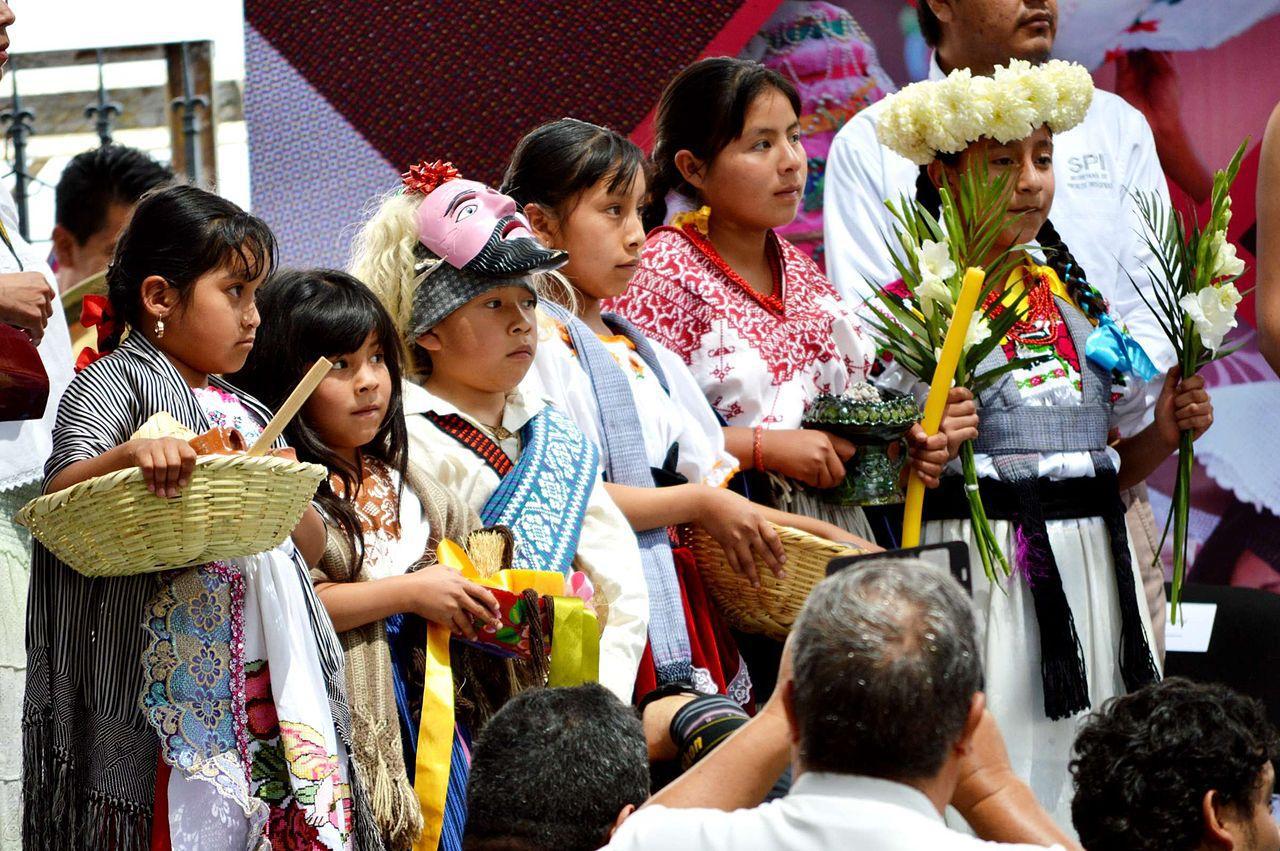
Source: Wikimedia
Descendants of the tribe who still lived around the ancient site claim the destruction of the site may be a sign of impending doom, and events of this nature may become more frequent “because the gods are displeased,” per The Daily Mail.
Michoacán Pyramid Collapses During Heavy Rain
According to Mexico’s National Institute of Anthropology and History (INAH), heavy rains flooded the lake basin, causing part of the pyramid to collapse.
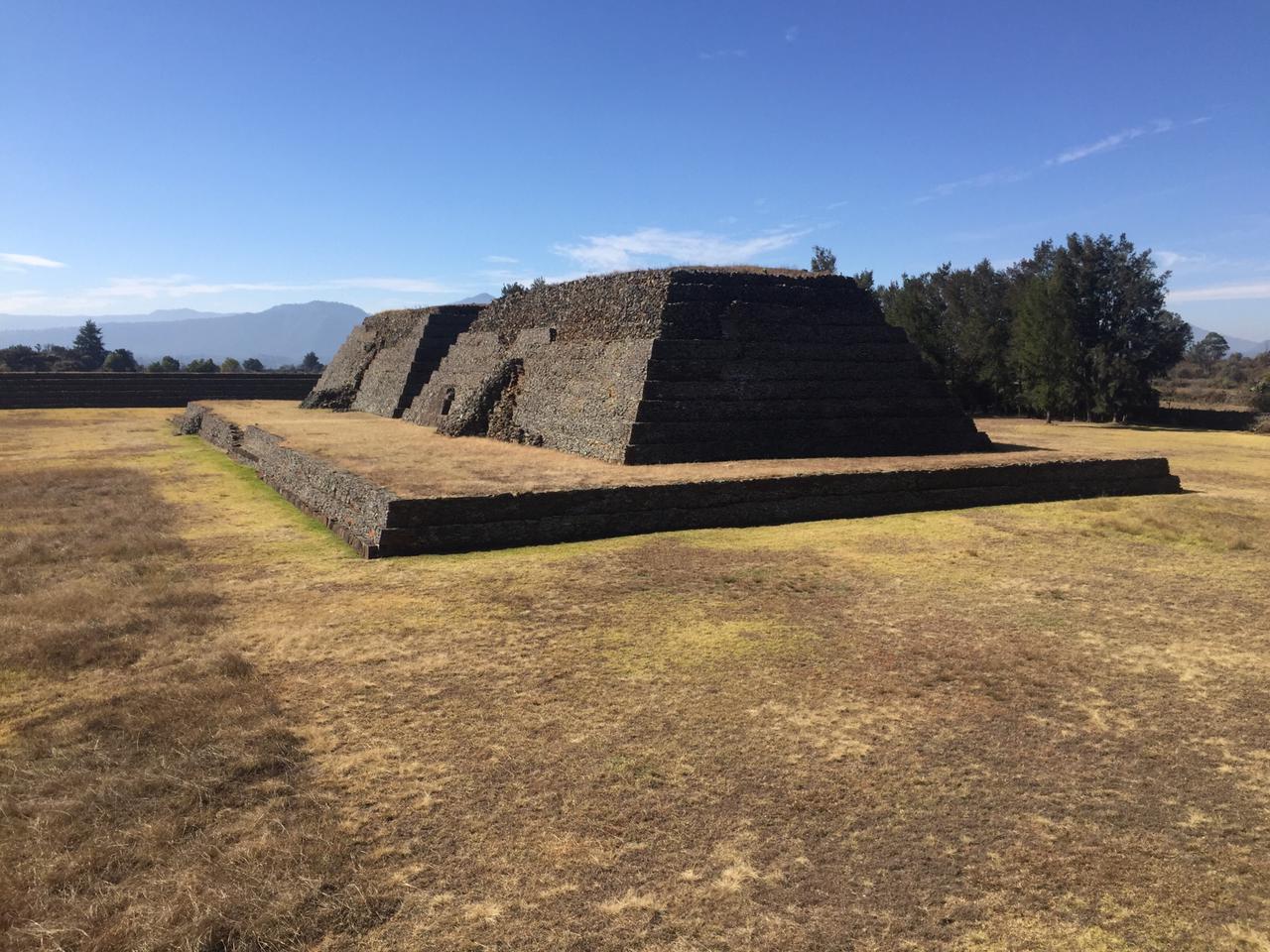
Source: Wikimedia
“A collapse occurred in the central part of the southern facade of one of the pyramidal bases of the Ihuatzio Archaeological Zone,” INAH said in a statement.
INAH Detail the Events Surrounding the Pyramids Collapse
The INAH continued by explaining the events that led to the destruction of the site, which was revered by the descendants of the Purepecha.

Source: Wikimedia
“The high temperatures, previously recorded in the area, and the consequent drought caused cracks that favored the filtration of water into the interior of the pre-Hispanic building,” wrote the INAH.
Sinister Forces at Work
Despite INAH’s claim that the pyramid’s destruction was due to natural causes, Tariakuiri Alvarez, a member of the Purepecha tribe, claims there’s a far more sinister force at work.
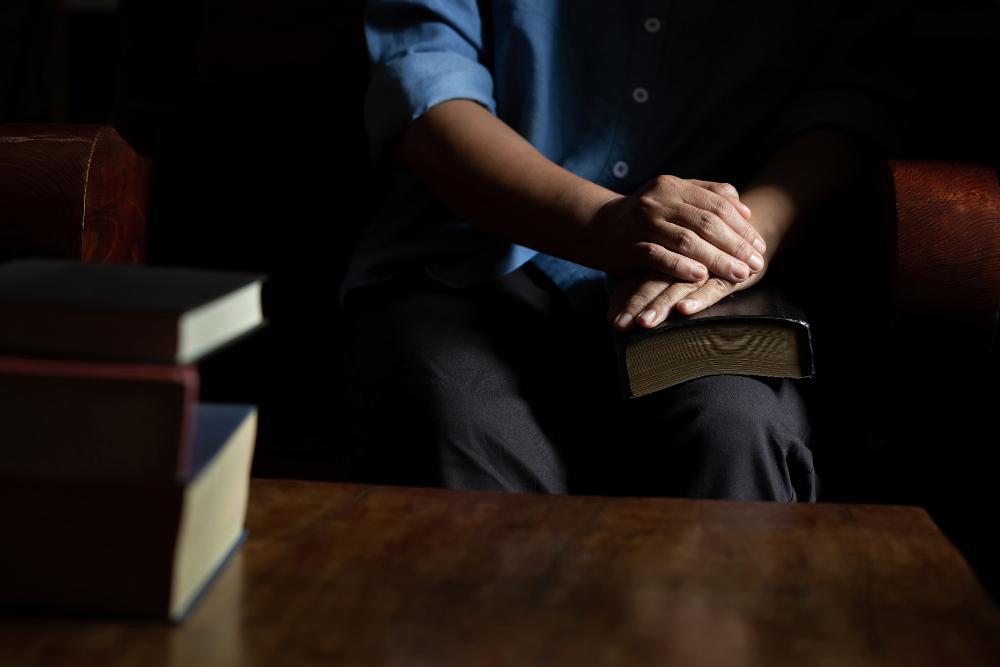
Source: Wikimedia
“For our ancestors, the builders, this was a bad omen that indicated the proximity of an important event,” wrote Alvarez on Facebook.
A Similar Omen Occurred Before the Conquistadors Arrived
Alvarez went on to explain a similar event that occurred centuries ago, just before the Spanish conquerors arrived in the reign.

Source: Wikimedia
“Before the arrival of the conquistadors, something similar happened, which for the Purépecha worldview of that time was because the gods, Nana Kuerhaepiri and K’eri Kurikweri, were displeased,” he said.
Researchers Blame Climate Change
While the Purepecha suggests there is a much deeper meaning behind the destruction of the site, some archaeologists have begun blaming climate change for the unpredictable weather patterns.
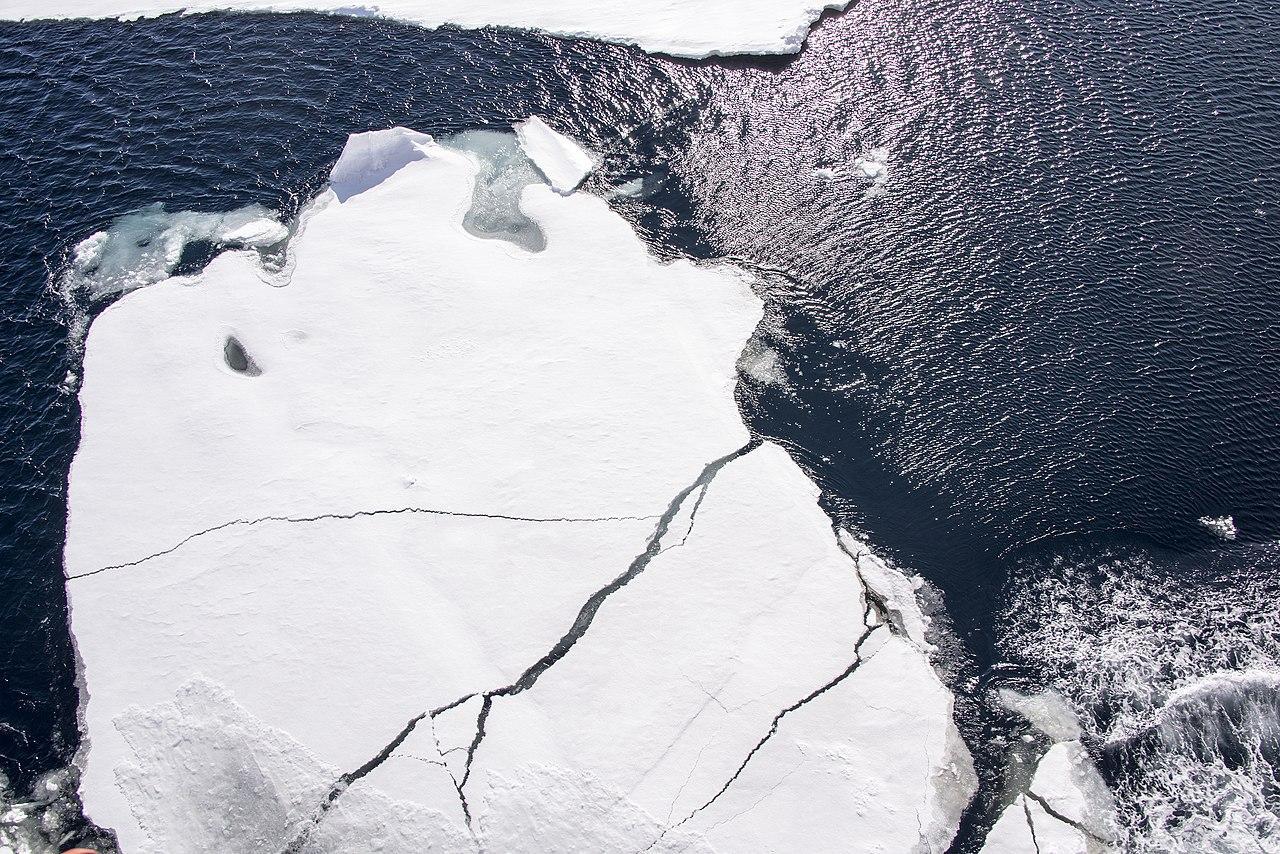
Source: Wikimedia
Preservation of these heritage sites is becoming increasingly difficult due to extreme bouts of weather, which some argue are directly linked to humans’ effect on the climate.
The Golden Days of the Ihuatzio Zone
Before the tribes’ reign ended in the 16th century, the Ihuatzio region was the seat of Purepecha power. The site covered a staggering 370 acres at its height, and archaeologists have found the remains of at least 80 structures in the region.
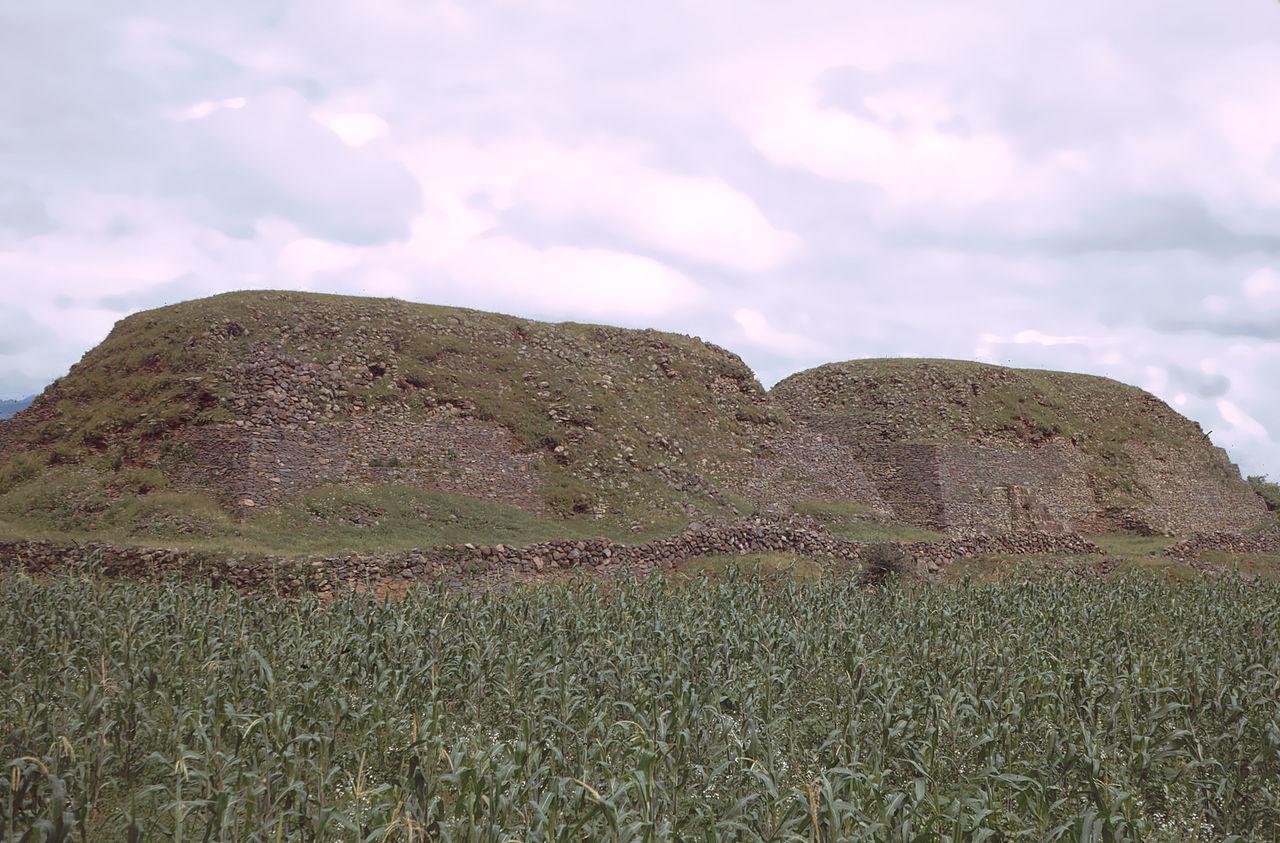
Source: Wikimedia
It was also a safe haven during the Purepechas war against the Aztecs in the 15th century, during which the Tarascan king, King Tzitzic Pandacuare, defeated the invading forces on several occasions.
Future Plans to Protect the Site
Today, the historic site and its pyramids are considered one of the most important archaeological sites in the state of Michoacán. Urgent steps are being taken to rebuild the site and protect it against future natural disasters.
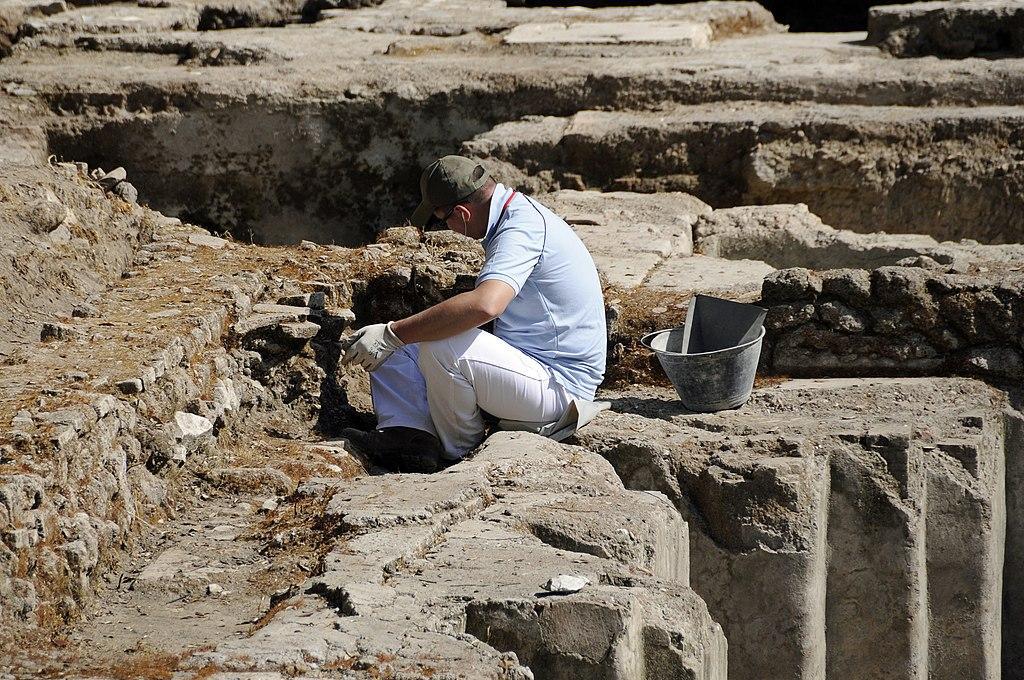
Source: Wikimedia
“Damage assessment activities continue and are focused not only on recovering the affected part but also on thoroughly repairing the structure of the building,” the INAH said.
